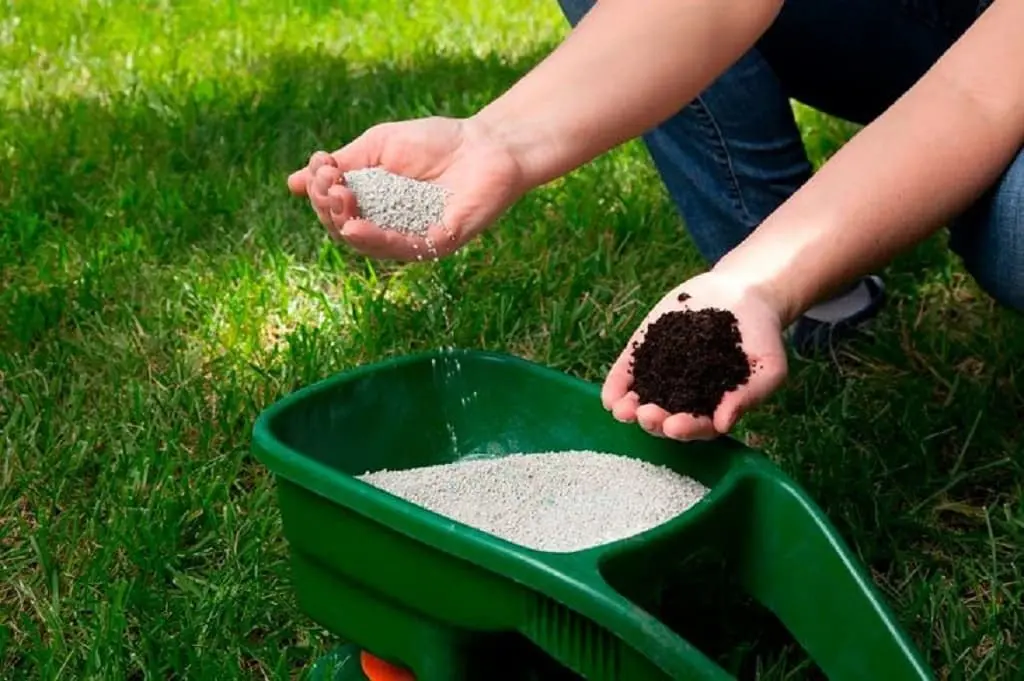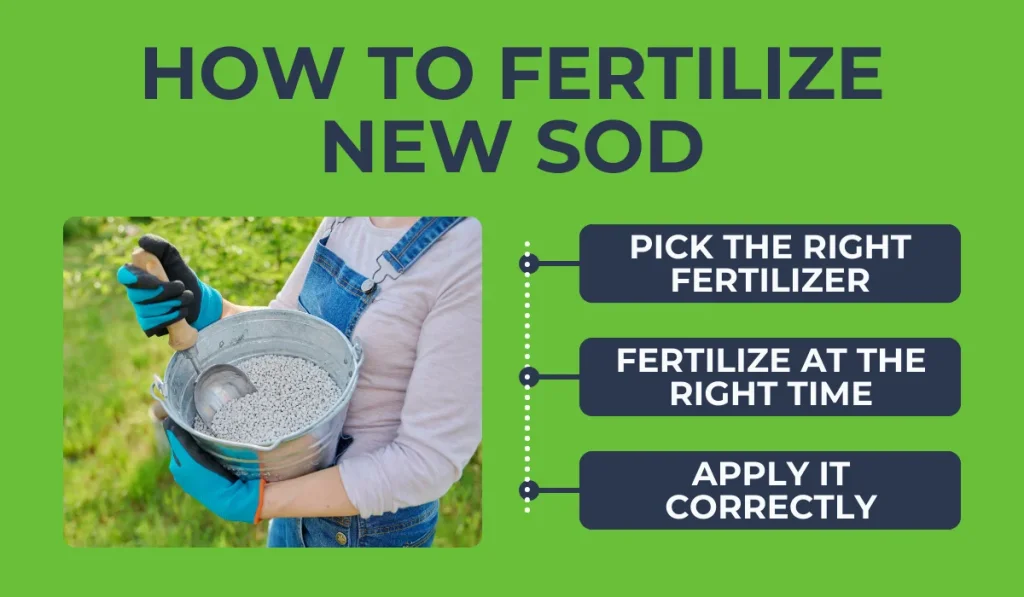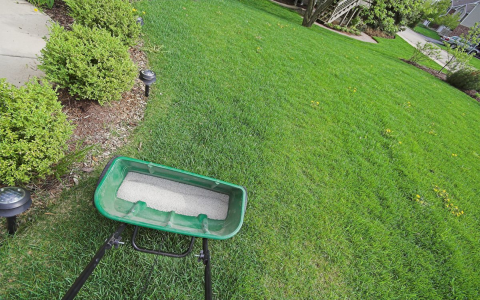Alright, let’s talk about feeding new sod. Putting that green carpet down feels great, but getting it to stick around and look good? That’s the next step, and fertilizer is key.
When I first laid sod in my backyard years ago, I honestly didn’t think much about fertilizer right away. I figured, hey, it’s fresh grass, it’s gotta have nutrients already, right? Wrong. That first batch… well, it struggled. Took forever to root, got patchy. Learned my lesson.

Figuring it Out
Next time I had to patch a section, I decided to actually look into this fertilizer thing specifically for new sod. Went to the garden center, and man, the options. All these bags with different numbers, different promises. It was confusing.
I talked to a guy there, one of the older fellas who looked like he actually gardened. He didn’t push the fancy stuff. He said, “New sod’s like a baby. Needs gentle food focused on roots.” He pointed me towards something called a “starter fertilizer” or “sod starter.”
The main thing he stressed was looking at the N-P-K numbers (Nitrogen-Phosphorus-Potassium). For new sod, he said you want higher Phosphorus (the middle number). Phosphorus is the one that really pushes root growth. Nitrogen (first number) is for green top growth, and Potassium (third number) is for overall plant health. But for new sod, it’s all about those roots grabbing hold.
My Process – What Worked
So, I grabbed a bag of starter fertilizer. The numbers were something like 10-20-10, or similar – that middle number was definitely higher than the first.
Here’s exactly what I did:
- Preparation: Got the ground all prepped, raked smooth, just before laying the sod.
- Application: I used my trusty broadcast spreader. Read the bag for the setting – important! You don’t want to burn the new grass. Spread the fertilizer evenly over the bare soil where the sod was about to go. Some people apply it after laying the sod, but I did it right before, lightly raking it into the top inch or so of soil. Seemed logical to get the food right where the new roots would hit it.
- Laying Sod: Rolled out the sod directly on top of the prepared, fertilized soil.
- Watering: Watered it really well, like the instructions always say. Deep watering is crucial anyway, but especially with that fertilizer down there.
The Results
Big difference this time. The sod seemed to knit together much faster. When I gently tugged on a corner after a week or two, I could feel resistance way sooner than my first failed attempt. It also greened up beautifully and stayed consistent, fewer yellow or brown spots.
Since then, every time I’ve laid sod (fixing spots, helping neighbors), I’ve used a starter fertilizer with higher phosphorus right before putting the sod down. It just works for me. Gets those roots established quickly, which is the whole game with new sod.

So, if you’re asking me what the “best” fertilizer for sod is, based on what I’ve actually done and seen work in my own yard, it’s a good quality starter fertilizer. Focus on that middle number (Phosphorus) being higher. It made all the difference in getting my sod to take hold and thrive from day one.




















